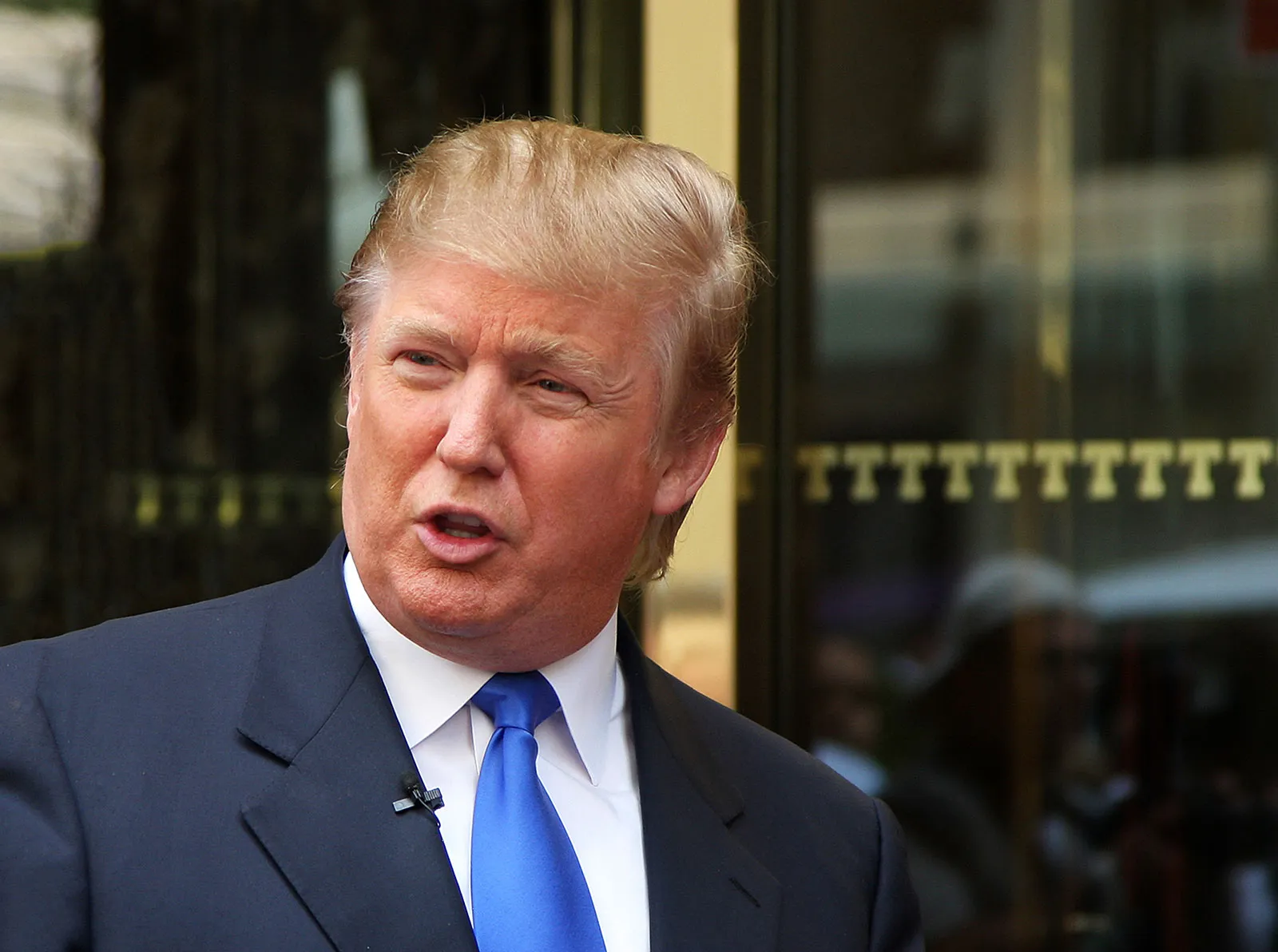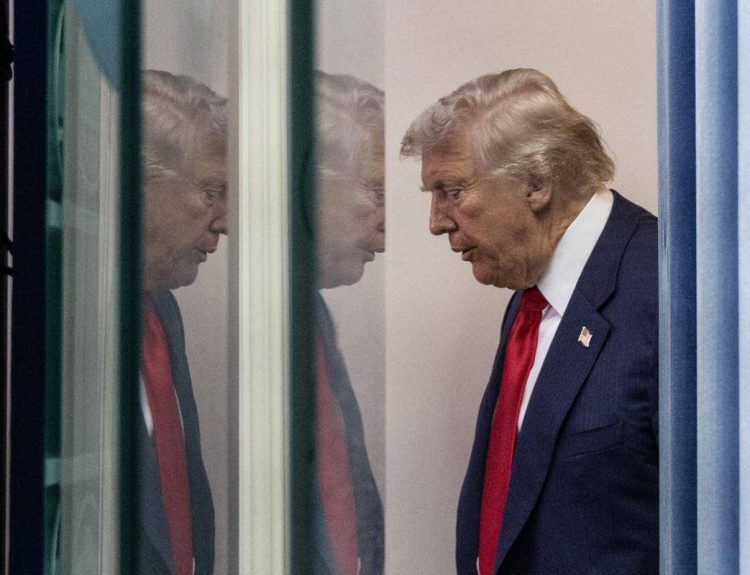In the corridors of power, trade wars are rarely fought on factory floors or shipping docks—they unfold in courtrooms, boardrooms, and the markets that measure confidence. President Donald Trump’s latest round of sweeping import tariffs—framed under emergency authority—has encountered a formidable obstacle: the judiciary.
A federal appeals court recently ruled that the administration’s invocation of emergency powers to justify broad tariffs was unlawful. The ruling, while not immediately dismantling the tariff regime, injects uncertainty into America’s economic direction and its global trade posture. The Trump administration now faces a critical choice: appeal to the Supreme Court before mid-October or begin restructuring the policy to withstand judicial scrutiny.
A Strategic Gamble
Trump’s tariffs, covering billions in imports, were designed as a lever for economic sovereignty—part deterrent, part negotiating chip. Supporters argue they protect American industries and strengthen domestic bargaining power against global competitors. Yet critics contend that such sweeping measures stretch presidential authority beyond its intended reach, setting a precedent that undermines checks and balances.
For investors, the court’s intervention signals a potential recalibration of U.S. trade strategy. Markets thrive on predictability; uncertainty—especially one emanating from legal wrangling—introduces volatility. Corporations with international supply chains are already reassessing risk exposure, while lobbyists accelerate their campaigns to influence both Congress and the administration.
Global Reverberations
The stakes extend far beyond Washington. For trading partners, the court’s ruling is a reminder that America’s protectionist tilt is not immune to institutional pushback. Countries reliant on U.S. markets may see opportunities to renegotiate, while rivals weigh whether legal instability weakens America’s leverage.
China and the European Union, often the central targets of U.S. tariffs, are quietly recalibrating strategy—anticipating either a prolonged legal battle or a forced moderation of Trump’s tariff agenda. Should the Supreme Court strike down the emergency authority rationale, the entire trade playbook could shift, altering supply chains, commodity prices, and investment flows at a global scale.
The Power Play Ahead
This judicial clash underscores a deeper theme of Trump’s second term: the contest between executive boldness and institutional limits. If the Supreme Court sides with the administration, the precedent for expansive presidential economic powers will be cemented, granting Trump sweeping authority in shaping trade. If not, the White House will face the politically delicate task of retooling its strategy while preserving its “America First” posture.
For now, the tariffs remain in place—but the shadow of judicial review looms large. Investors, CEOs, and policymakers alike are bracing for October, when the next chapter of this high-stakes power play will be written.



